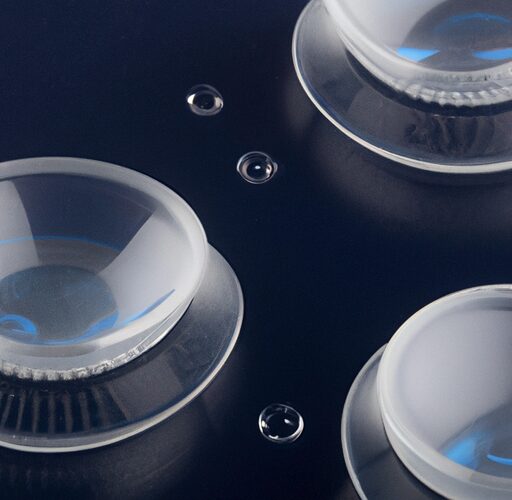Contact Lenses for Keratoconus and Dry Eye: A Comprehensive Guide
Are you tired of struggling with discomfort and limited vision due to keratoconus or dry eye? You’re not alone. Millions of people around the world face these conditions, which can make everyday activities like reading or driving a difficult and frustrating task. Fortunately, contact lenses can help. But which type is right for you? Read on for a comprehensive guide to the different types of contact lenses available.
What is Keratoconus?
Keratoconus is a progressive eye condition that causes the cornea (the clear front part of the eye) to bulge outward in a cone shape, resulting in distorted and blurry vision. Glasses can provide some help with mild to moderate keratoconus, but as the condition progresses, they may not be enough. That’s where contact lenses come in.
Rigid Gas Permeable (RGP) Lenses
RGP lenses are a popular choice for keratoconus because they provide a firm, stable surface that can help to shape the cornea into a more regular shape. While they may take a bit of getting used to, RGP lenses can provide better visual clarity than soft contacts.
Scleral Lenses
Scleral lenses are a type of RGP lens that are larger in diameter, covering the entire cornea and resting on the white part of the eye. They provide a smoother fit that can be more comfortable than RGP lenses, while still providing excellent visual clarity. Scleral lenses are a great choice for those with moderate to severe keratoconus.
Hybrid Lenses
Hybrid lenses combine the best of both worlds by featuring a rigid gas permeable center surrounded by a soft lens material. This can provide the visual clarity of RGP lenses with the comfort of soft contacts, making them a great choice for those with mild to moderate keratoconus.
What is Dry Eye?
Dry eye occurs when there is a lack of moisture on the surface of the eye, leading to symptoms like redness, itchiness, and vision disturbances. Contact lenses can exacerbate dry eye symptoms, so it’s essential to choose the right kind of contact lens if you experience dry eye.
Soft Contact Lenses
In general, soft contact lenses are more suitable for those with dry eye since they are made from highly wettable materials that can retain moisture better than rigid lenses. However, different types of soft lenses may work better for different people. Speak with your optometrist about which soft lenses are best for your symptoms and lifestyle.
Silicone Hydrogel Lenses
Silicone hydrogel lenses are an excellent choice for those with moderate to severe dry eye because they are highly breathable and can retain moisture exceptionally well. This type of contact lens is often used for extended wear, making them an ideal choice for people with busy lifestyles who don’t want to deal with the hassle of taking them out every night.
In Conclusion
Choosing the right contact lenses for keratoconus or dry eye can make all the difference in your daily life. While it may take some time to find the perfect fit, with the help of your optometrist and a bit of patience, you can enjoy clear vision and greater comfort. Don’t let your eye conditions hold you back any longer – give contact lenses a try!

